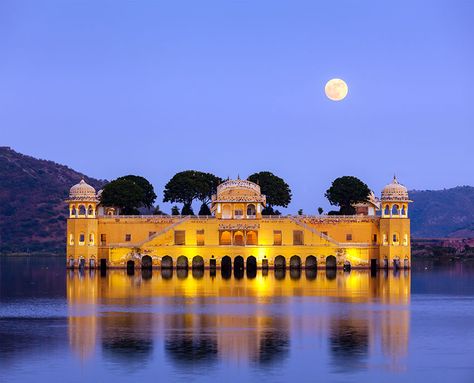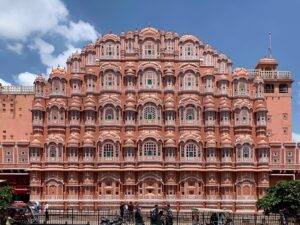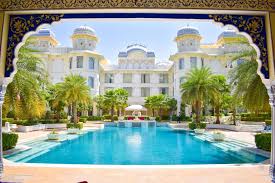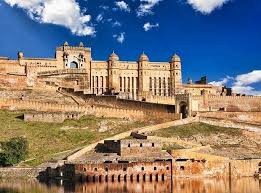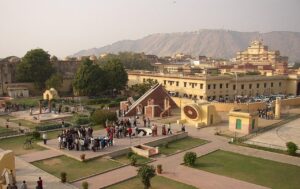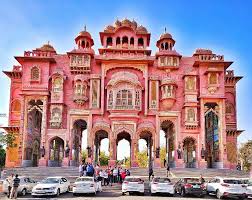Visiting Jal Mahal: Everything You Need to Know for an Unforgettable Experience –
This picturesque palace, with its unique blend of Rajput and Mughal styles, offers a tranquil escape from the bustling city life, making it a must-visit destination for travelers. In this guide, we’ll explore the rich history, stunning architecture, and practical tips to ensure you have an unforgettable experience at Jal Mahal.
INTRODUCTION TO JAL MAHAL :
Jal Mahal, also known as the Water Palace, is located in the middle of the Man Sagar Lake in Jaipur, Rajasthan. Built in the 18th century by Maharaja Jai Singh II of Amber, it shows a perfect blend of Rajput and Mughal architectural styles.
Historical Significance of Jal Mahal:
The origins of Jal Mahal date back to the 18th century during the reign of Maharaja Madho Singh I of Jaipur. The palace was constructed in 1750 as a hunting lodge and summer retreat for the royal family.
The Architectural Beauty of Jal Mahal:
The five-story building of the Jal Mahal, four of which are submerged underwater, exemplifies ancient India’s engineering skill. The palace’s design reflects the grandeur and aesthetics of these two prominent styles. Its construction utilized red sandstone, which gives the palace its distinctive appearance. The building is five stories tall, but during the monsoon season, when the lake is full, four of the stories remain submerged, leaving only the top floor visible above the water.
RESTORATION AND RENOVATION OF JAL MAHAL:
Over the centuries, Jal Mahal faced periods of neglect and deterioration. In the early 21st century, extensive restoration and renovation efforts were undertaken to preserve this historical monument. These efforts were led by the government in collaboration with private enterprises to restore the palace to its former glory.The restoration of Jal Mahal has brought new life to this historic site.
SIGNIFICANCE OF JAL MAHAL:
While the palace itself is not open to the public for interior tours, visitors can enjoy its beauty from the banks of Man Sagar Lake and from boat rides that offer a closer view of the palace. The serene ambiance and the picturesque setting of Jal Mahal make it a popular spot for photography, evening strolls, and experiencing the tranquil beauty of Jaipur. Jal Mahal, surrounded by the Aravalli hills and affording stunning views, is a photographer’s and nature lover’s dream destination.Originally erected as a hunting lodge for the royals, the Jal Mahal has witnessed several historical events and serves as a symbol of Jaipur’s royal heritage.
VISITING JAL MAHAL:
1 The best time to visit Jal Mahal is during the cooler months of October to March, when the temperature is nice.
2 Entry Fee and Timings: While tourists are not permitted to enter the palace, they can admire the vista from the shore or take a boat excursion for a closer look. Early morning or late evening are the ideal times to observe the magical reflection of the palace on the water.
3 Nearby Attractions: Make the most of your trip to Jaipur by combining your visit to Jal Mahal with other local attractions such as Amer Fort, Nahargarh Fort, and Jaigarh Fort.
A visit to Jal Mahal is a must when exploring Jaipur. With its unique architecture and serene surroundings, it promises an unforgettable experience for all visitors. Visitors to Jaipur are often mesmerized by the sight of Jal Mahal
LOCATION OF JAL MAHAL:
The palace is located 4 km north of the main city of Jaipur, on the main Jaipur-Amer road. When planning your itinerary for the palace, most tourists also include a trip to the Amer Fort which is located at a distance of 8 km from it.
For more information on Jaipur attractions, check out our guide to Amber Fort in Jaipur.
Learn more about the history of Jal Mahal on the Wikipedia

